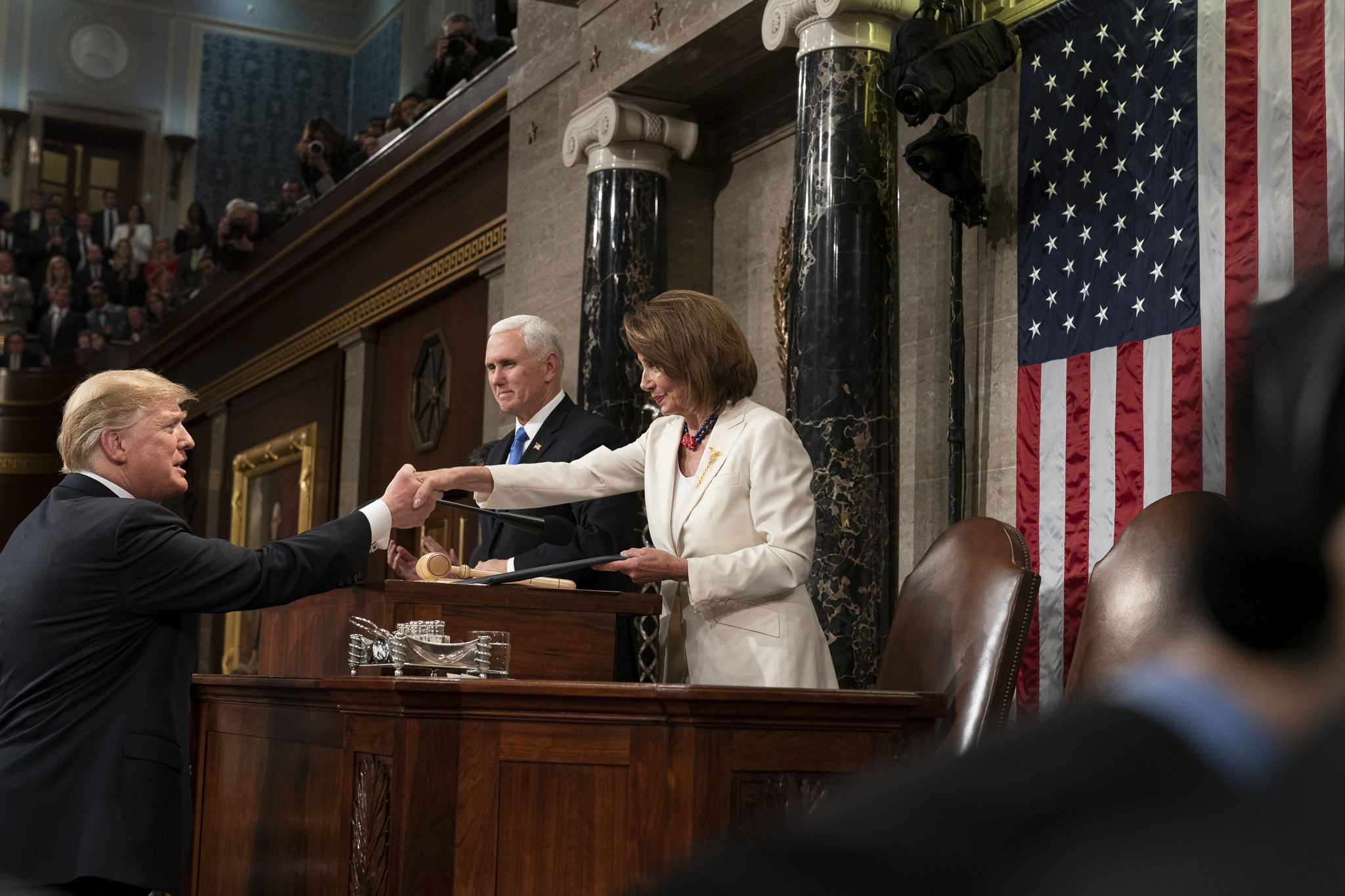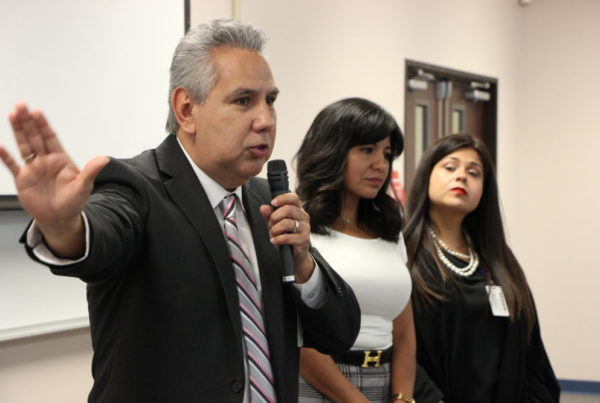On Tuesday, both the president of the United States, and Texas Gov. Greg Abbott spoke before their constituents. They addressed the U.S. Congress, and Texas Legislature, respectively, each giving the state of things, as he saw it.
Jay Aiyer, professor of political science at Texas Southern University and Abby Livingston, Washington D.C. bureau chief for the Texas Tribune, watched the State of the Union and State of the State speeches.
Trump began his address with a wish for bipartisanship in the capitol, but pivoted quickly to immigration, renewing his calls for a border wall. Livingston says Trump spent 14 of the 122 minutes of his speech discussing immigration and the “crisis” at the nation’s southern border.
“What is different about this from other State of the Union speeches that I’ve watched is that the clock is ticking,” Livingston says. “We just got through the shutdown. We’re 10 days, as he said, from another one.”
Aiyer says Trump’s address sounded more like a campaign speech than a traditional State of the Union.
“There was no sense of urgency in terms of the need to come up with a resolution quickly,” Aiyer says. “The thing that struck me though was that he was in some ways trying to lay the predicate for a use of national emergency funds, by continuously pounding this notion that there is a crisis.”
Abbott addressed the border, too, saying “the federal government hasn’t fulfilled its responsibility.” He asked that the legislature fully fund security efforts by the state.
Aiyer says Texas has spent $800 million during the past two legislative sessions on border security. He says that large expenditure seems to undermine the president’s assertion that border security is nonexistent, or ineffective.
Trump used El Paso as an example of a place where a border barrier is improving security. Livingston says a fact-check of the speech by the El Paso Times found that the city’s crime rate began falling in 1993, long before a border barrier was constructed.
Abbott listed several emergency items he wants taken up during the current legislative session. They include school finance reform and teacher pay increases.
“This is a different Greg Abbott… than we saw in 2015 and 2017, and certainly in terms of not just priorities, but the tone and style of the speech itself,” Aiyer says. He compares the governor of today with former governors George W. Bush and Rick Perry, who often addressed “meat and potatoes” issues, rather than conservative “red meat,” as Abbott has in recent years.
Aiyer and Livingston agree that the change in focus has everything to do with the results of the midterm elections, which saw Democrats make gains on both the state and national level.
“I think we’re going to see a very different U.S. Senate campaign with John Cornyn,” Livingston says. “Democrats are targeting five more incumbents [in the U.S. House.]”
Written by Shelly Brisbin.














